Frequently Asked Questions
1. Why are quality knives important in the kitchen?
2. What are the essential types of knives in a chef's set?
3. What knife techniques should every chef master?
4. How should knives be maintained?
5. What should I consider when choosing a knife set?
Knives are more than mere tools; they are extensions of the chef's hands, playing a pivotal role in culinary arts. Understanding the art of knife skills, different types of knives, and maintenance can elevate not only your cooking prowess but also the overall dining experience. Let’s explore the various dimensions of Chef Knives & Sets and their significance in the kitchen.
The Importance of Quality Knives
Quality knives are indispensable in any kitchen. They streamline meal preparation and enhance flavors through precise cutting techniques. Investing in high-quality Chef Knives & Sets ensures durability, balance, and superior performance, which all contribute to culinary success.
Why You Should Invest in Quality
- Precision: A sharp knife allows for cleaner cuts, which can impact the texture and presentation of dishes.
- Safety: Dull knives are more dangerous, as they require more force and can slip easily.
- Durability: Quality knives are built to last, reducing the need for frequent replacements.
- Comfort: Ergonomically designed knives offer better grip and less strain on the hands.
Types of Essential Knives
There is a wide array of knives, each with its specific function. Here’s a rundown of the essential types found in Chef Knives & Sets:
Chef's Knife
The chef's knife is universally regarded as the most versatile tool in the kitchen. With a broad blade and a pointed tip, it can handle various tasks, from chopping vegetables to slicing meat. A good chef's knife typically ranges from 6 to 12 inches in length, offering various options depending on individual preference.
Paring Knife
Perfect for intricate work, the paring knife is ideal for peeling, trimming, and cutting small fruits and vegetables. Its short blade allows for better control, making it essential for detailed tasks.
Serrated Knife
A serrated knife is essential for cutting through crusty bread or soft foods without squishing them. The tooth-like edges grip and slice, making it indispensable for baked goods.
Boning Knife
When working with meat, a boning knife helps remove bones efficiently and can also be used for skinning fish. Its thin, flexible blade allows for precision and control during these delicate tasks.
Utility Knife
The utility knife serves as a middle ground between a chef's knife and a paring knife, making it useful for slicing meat, cheese, and vegetables. It’s a handy tool for various culinary applications.
Knife Techniques Every Chef Should Master
Mastering various knife skills is critical for efficiency and presentation. Here are some essential techniques to help sharpen your skills:
Chopping
Chopping requires using the chef's knife rocking motion. Start by holding the handle with one hand and placing the other hand on the top of the blade for stability. Maintain a curved hand posture with fingertips tucked in to avoid injury.
Slicing
Slicing is best performed with a sharp blade, allowing for clean cuts. For meat, slice against the grain to enhance tenderness. Use even pressure when slicing to avoid tearing the food.
Dicing
Dicing involves cutting food into cubes. Start with even-sized pieces when chopping, particularly vegetables. First, slice into planks, then sticks, and finally into cubes for perfect dicing.
Mincing
Mincing involves finely chopping herbs or garlic. Use the flat side of the knife to crush the clove, then chop finely. A rocking motion allows for a more even mince.
Maintenance Tips for Your Knives
Proper maintenance of your Chef Knives & Sets is crucial to prolonging their lifespan and ensuring optimal performance. Here are some tips for knife care:
Cleaning
Always hand wash your knives with warm soapy water and dry them immediately. Avoid placing them in the dishwasher, as the harsh environment can dull the blades and damage handles.
Sharpening
Regular sharpening is essential for maintaining performance. Invest in a quality sharpening stone or honing rod. For home usage, try honing your knives after every use and have them professionally sharpened every year.
Storage
Opt for magnetic strips, knife blocks, or individual knife sheaths for safe storage. Proper storage protects the blades and prevents accidents in the kitchen.
Choosing the Right Knife Set
When selecting Chef Knives & Sets, consider your cooking style and needs. Here are some factors to keep in mind:
- Quality of Material: Look for high-carbon stainless steel for durability and rust resistance.
- Handle Comfort: Ergonomic handles will make a significant difference during long cooking sessions.
- Type of Set: Consider whether you need a basic set or a more comprehensive one. A good starter set might include a chef's knife, paring knife, and serrated knife.
Knives as Culinary Art
As you delve deeper into culinary arts, knives can also be seen as instruments of creativity. Many culinary artists begin to explore the aesthetic dimensions of their knives, including blade shapes and custom handles. This fusion of function and artistry can turn a simple knife into a masterpiece.
Personalization and Customization
Custom knives allow chefs to express their unique cooking style and preferences. Several artisan knife makers around the world craft beautiful blades that are as functional as they are stunningly crafted. Explore customizations like engravings or choosing unique wood for handles to truly make a knife your own.
Final Thoughts: Elevate Your Culinary Skills
Mastering the role of knives in culinary arts is not just about technical ability but also about the connection between the chef and their tools. By understanding the different types of knives, sharpening your techniques, and maintaining your Chef Knives & Sets, you'll not only enhance your skills but also bring artistry back into the kitchen. Armed with this knowledge, it’s time to elevate your culinary game and create delicious and beautiful dishes.








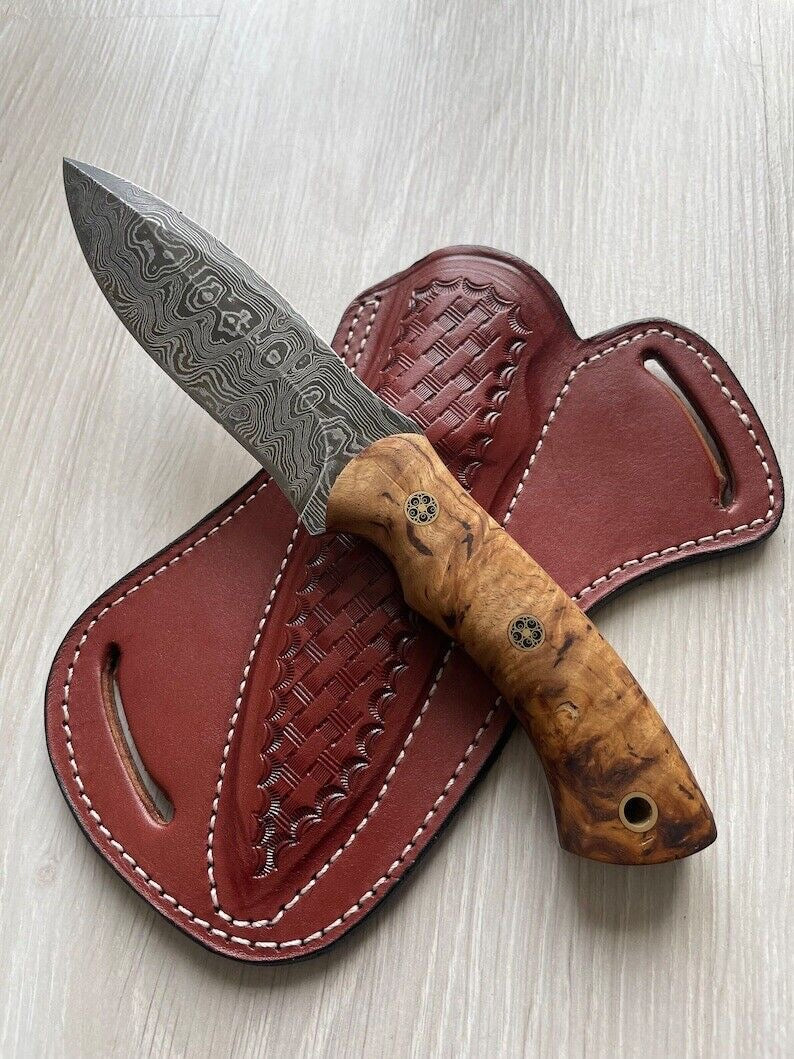
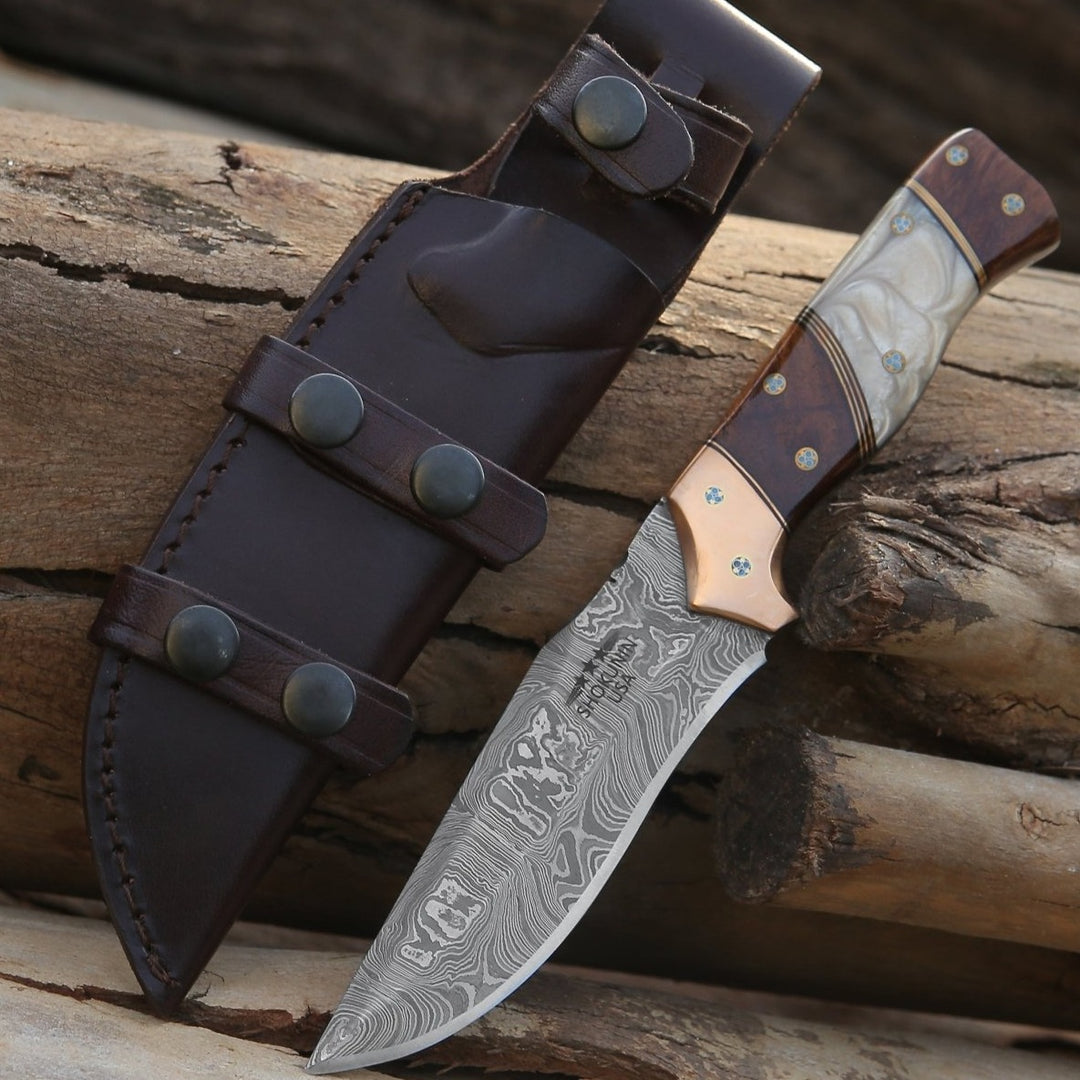
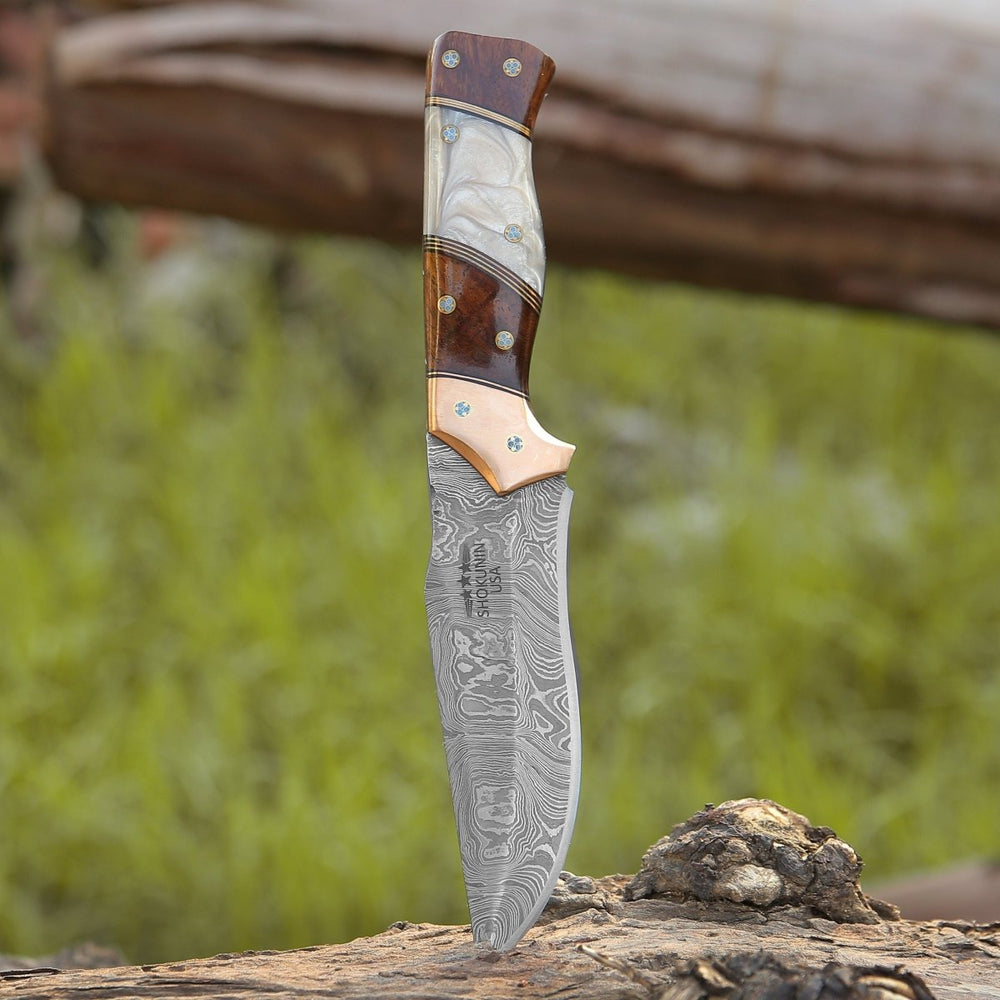
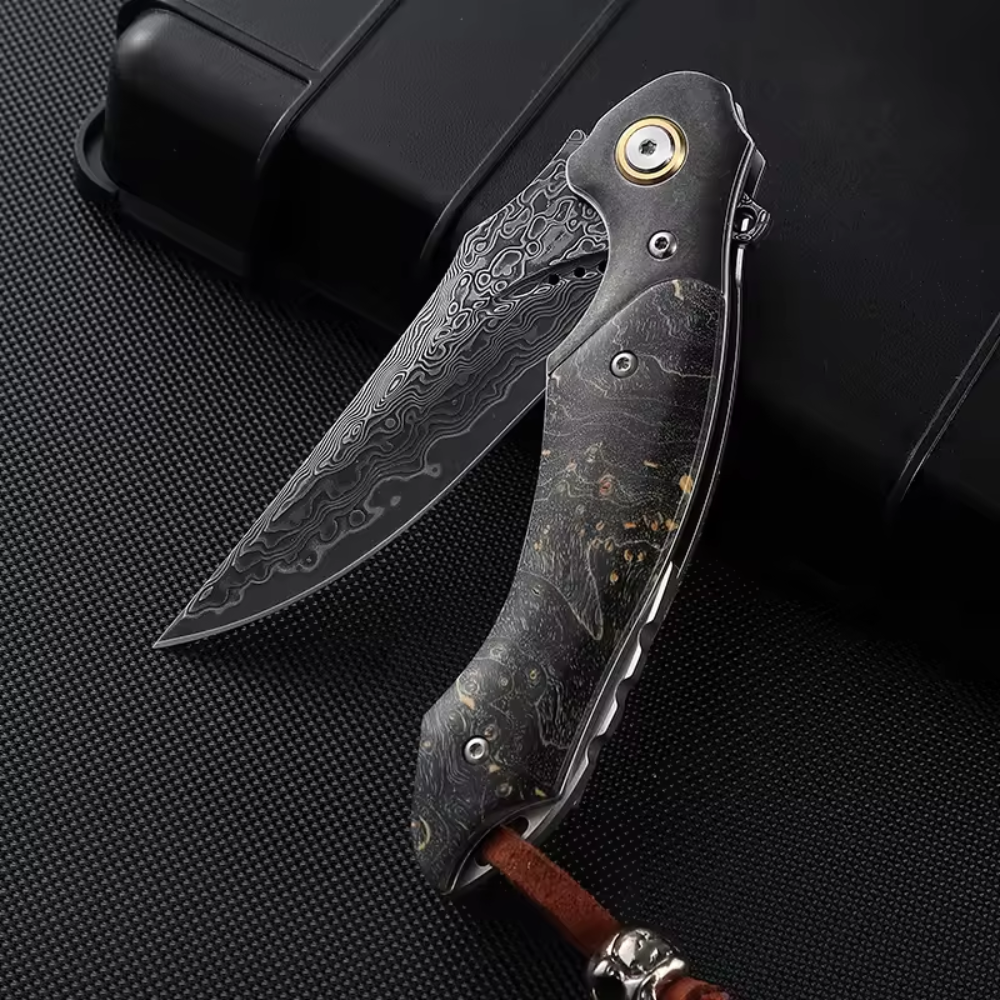
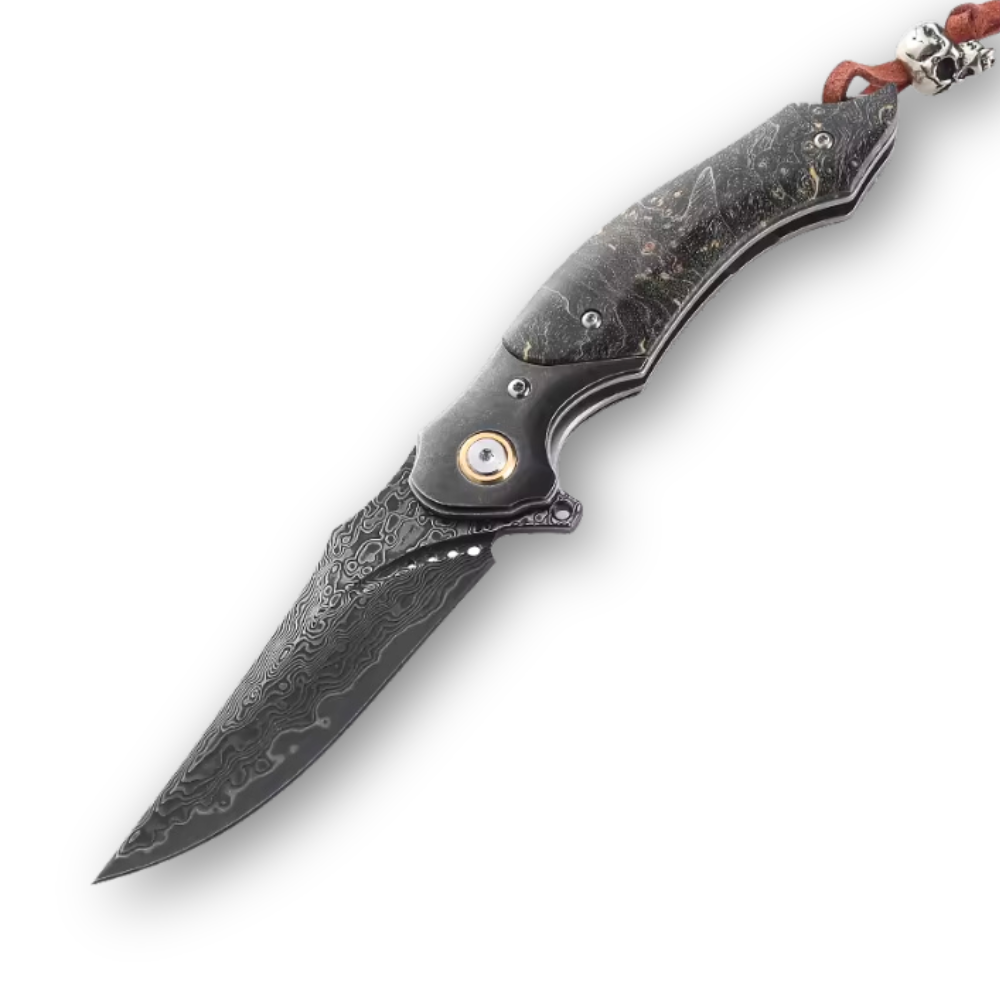
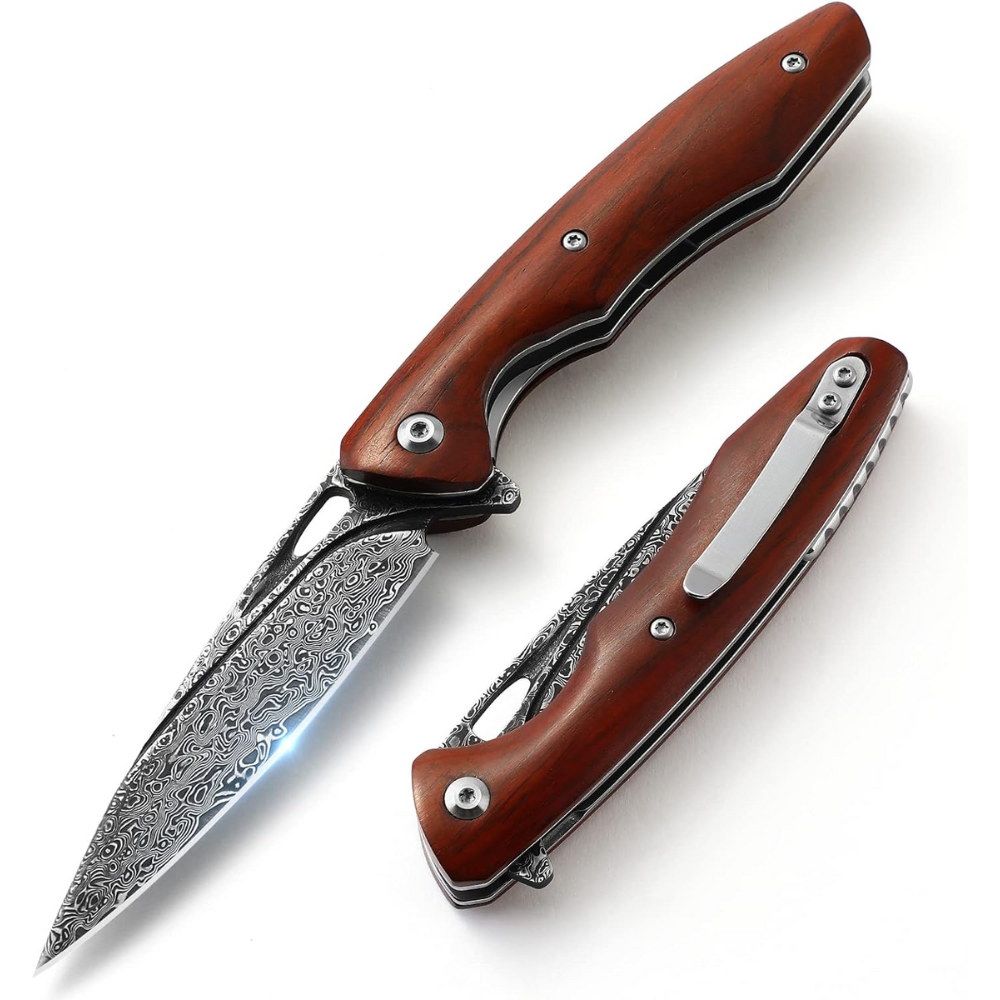
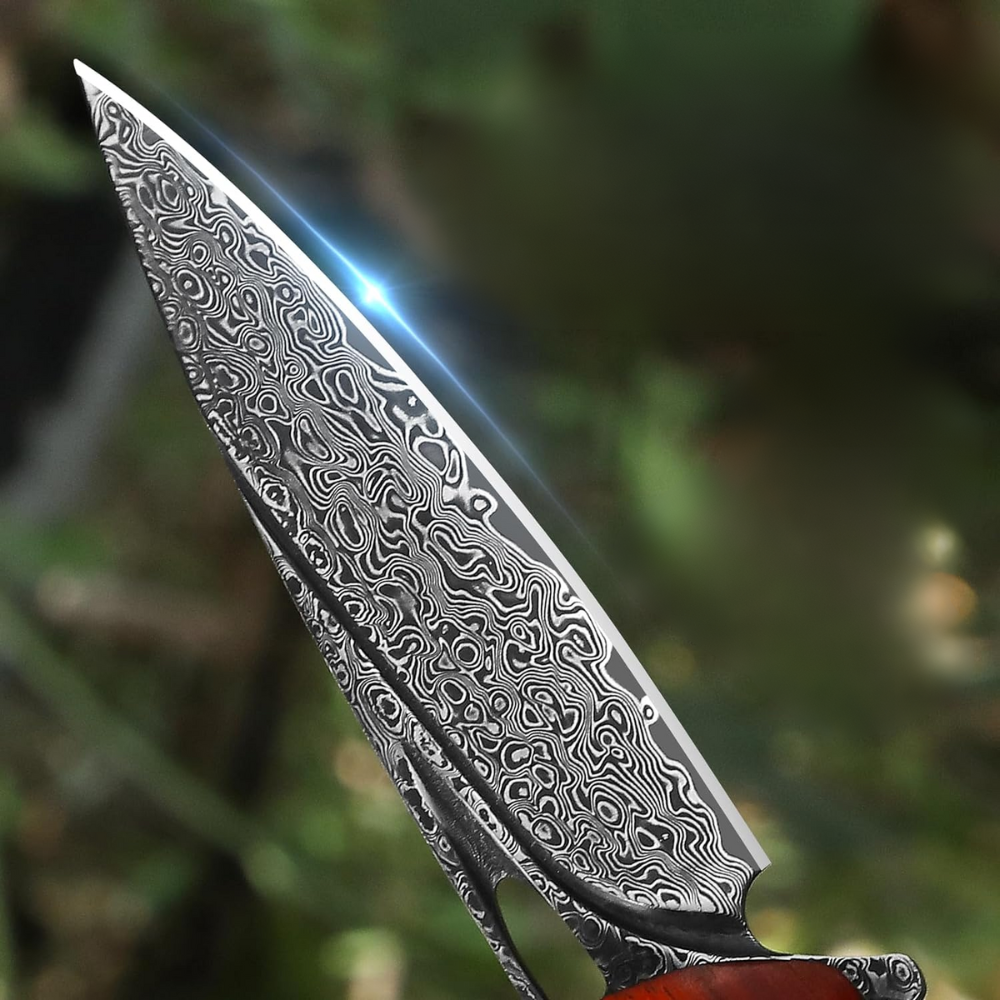

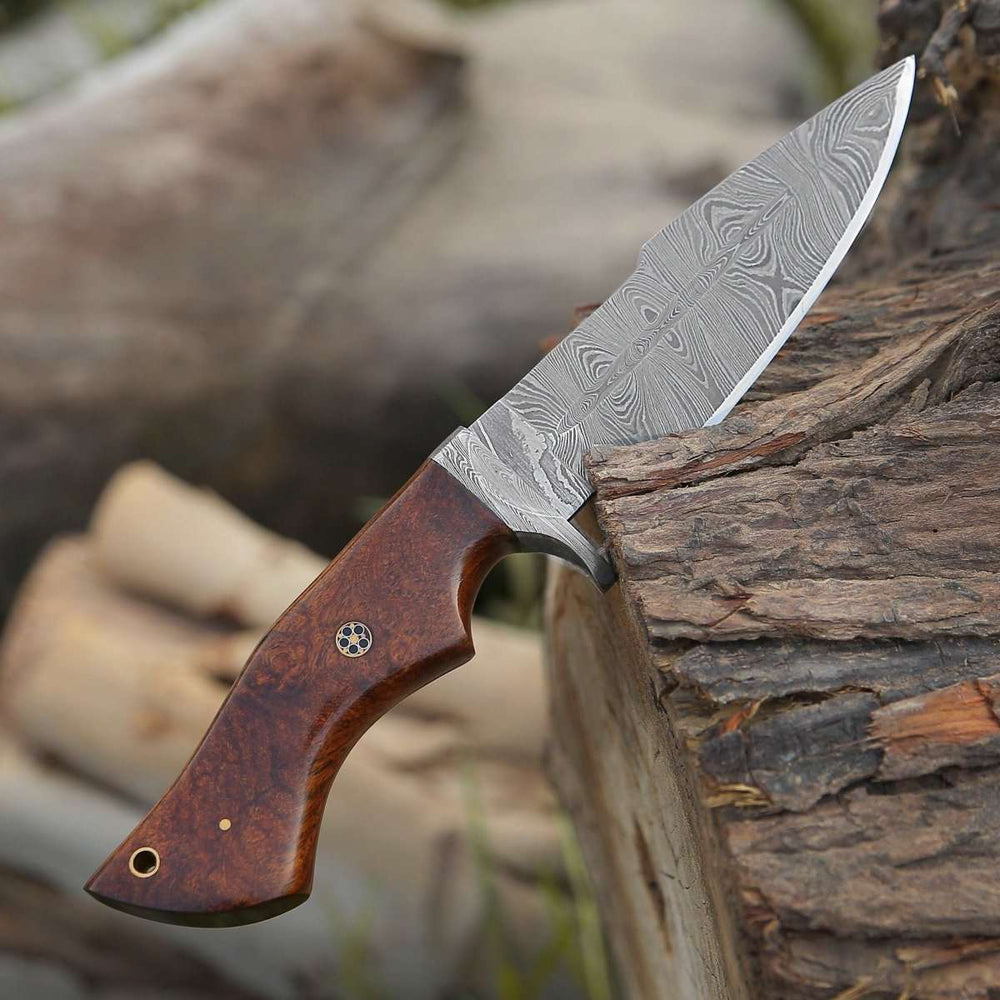
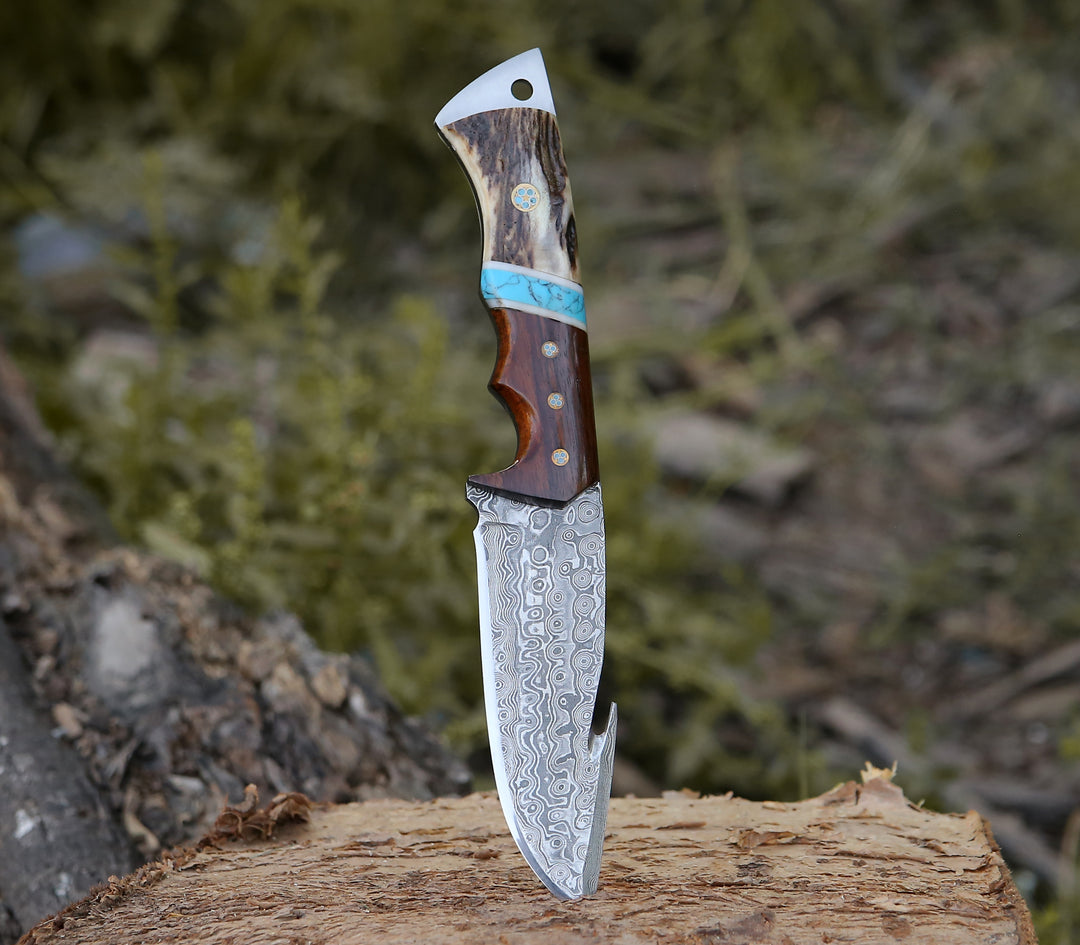
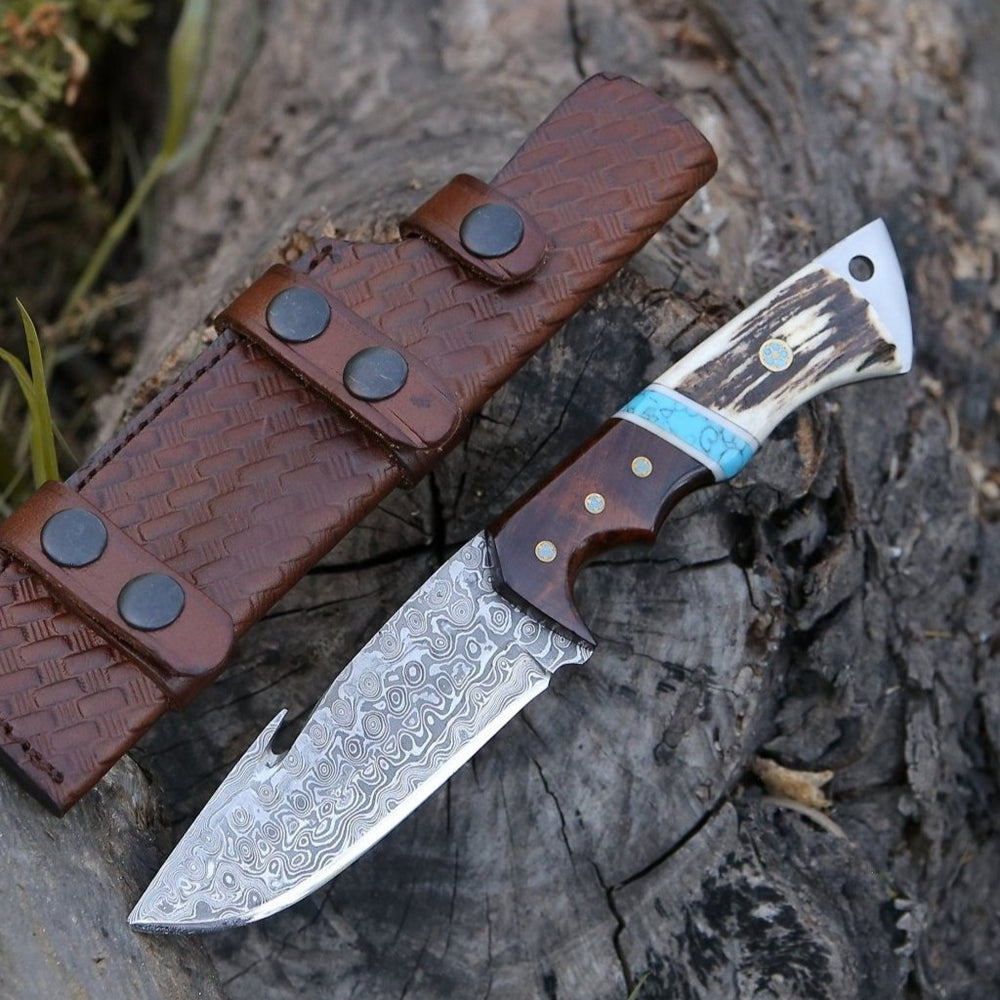
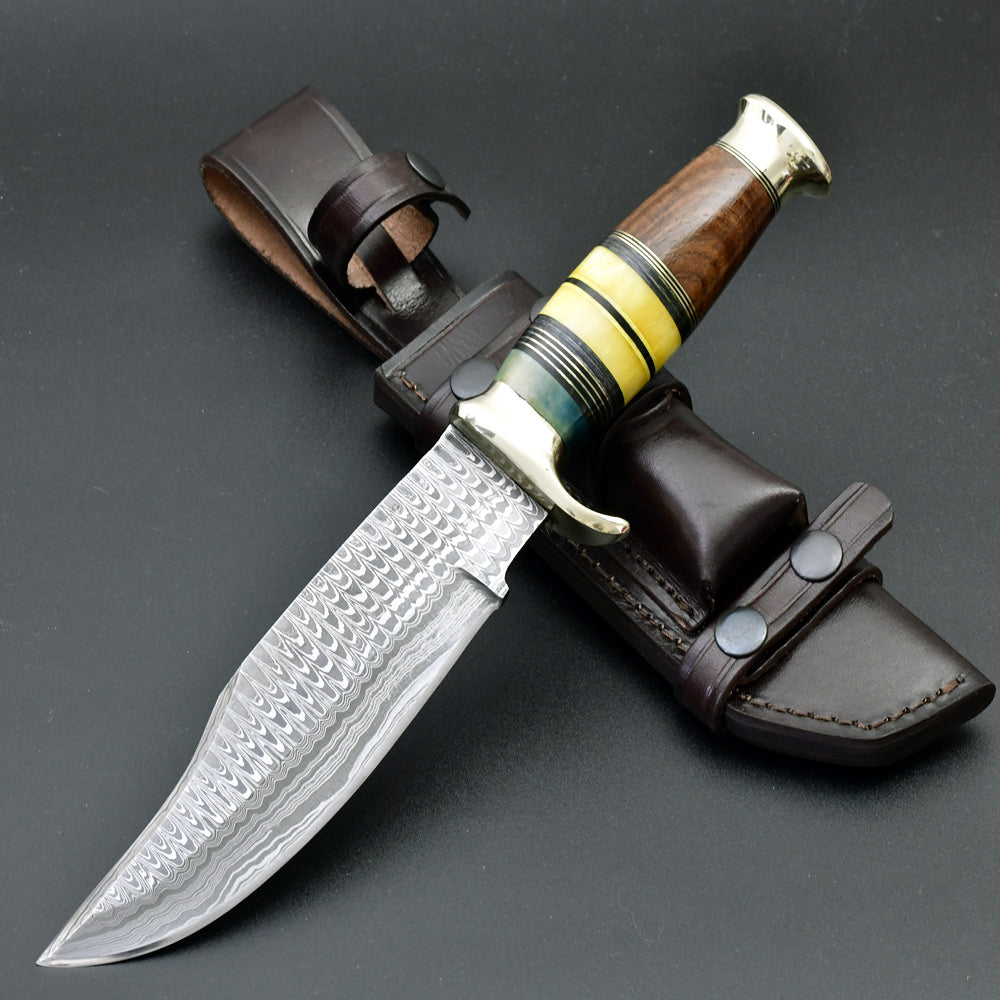
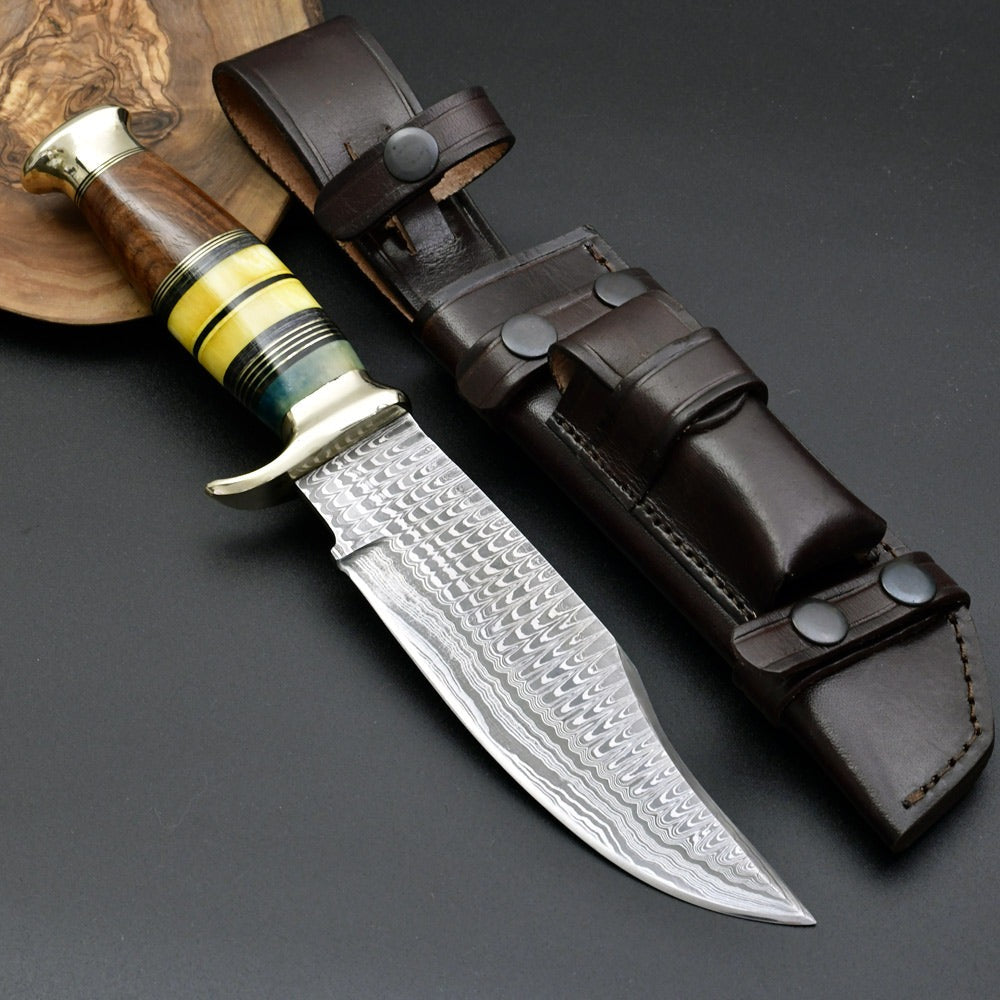
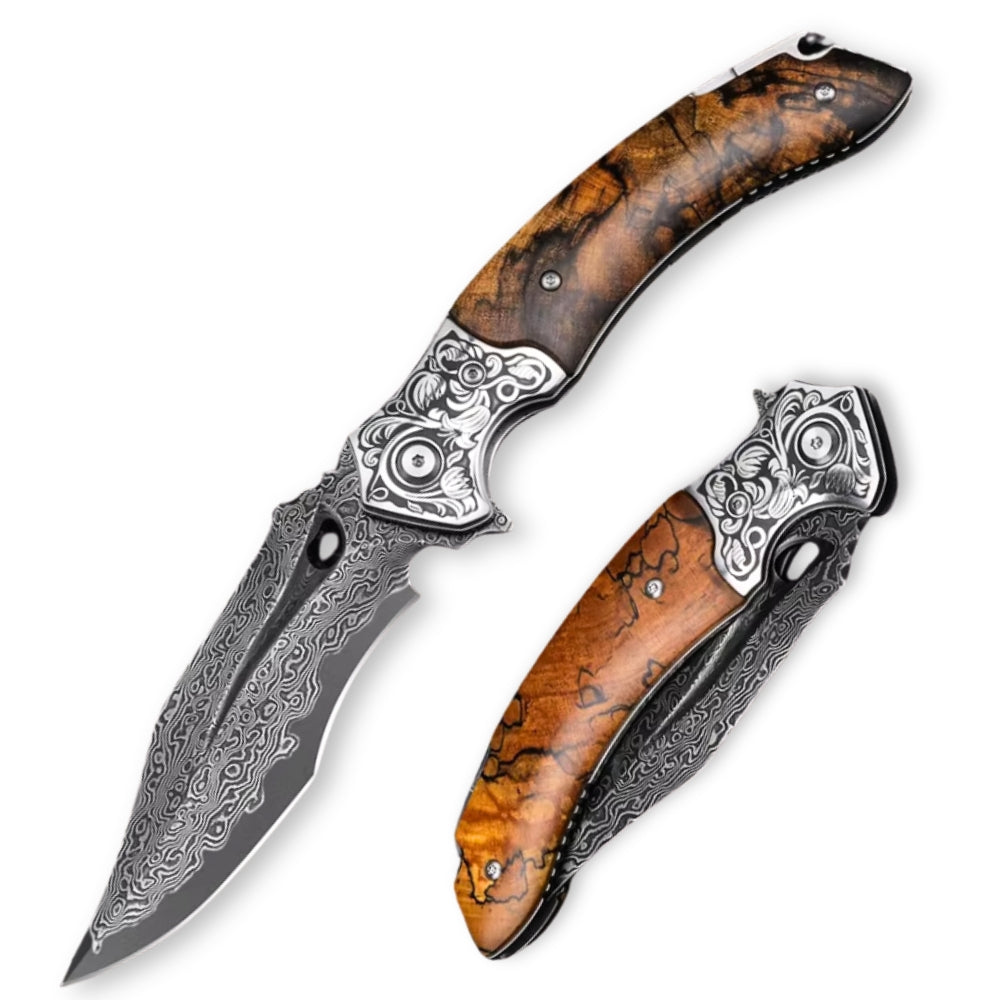
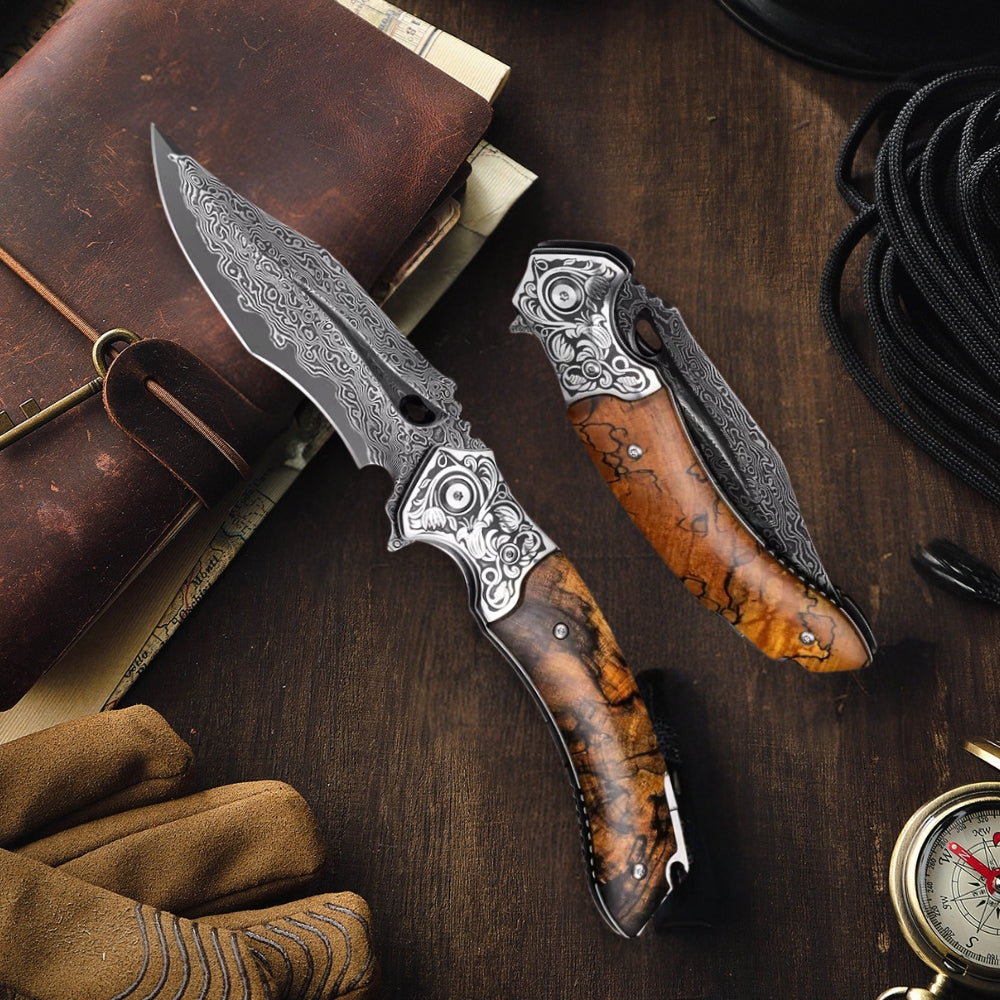

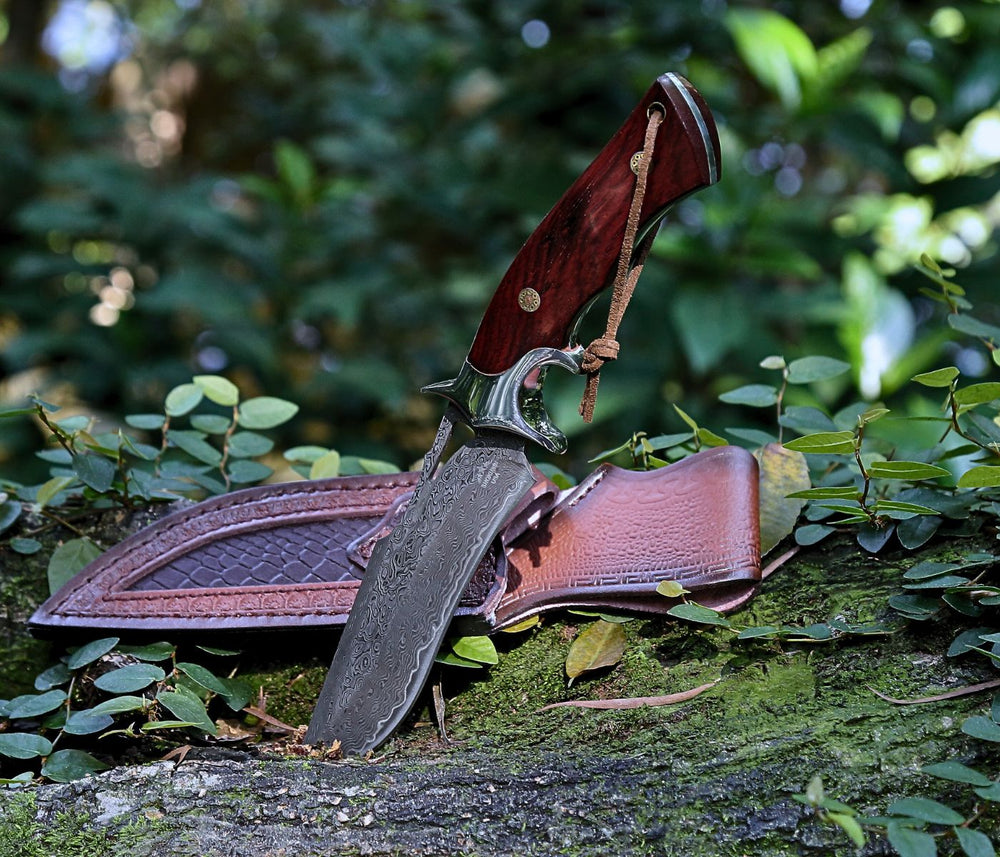


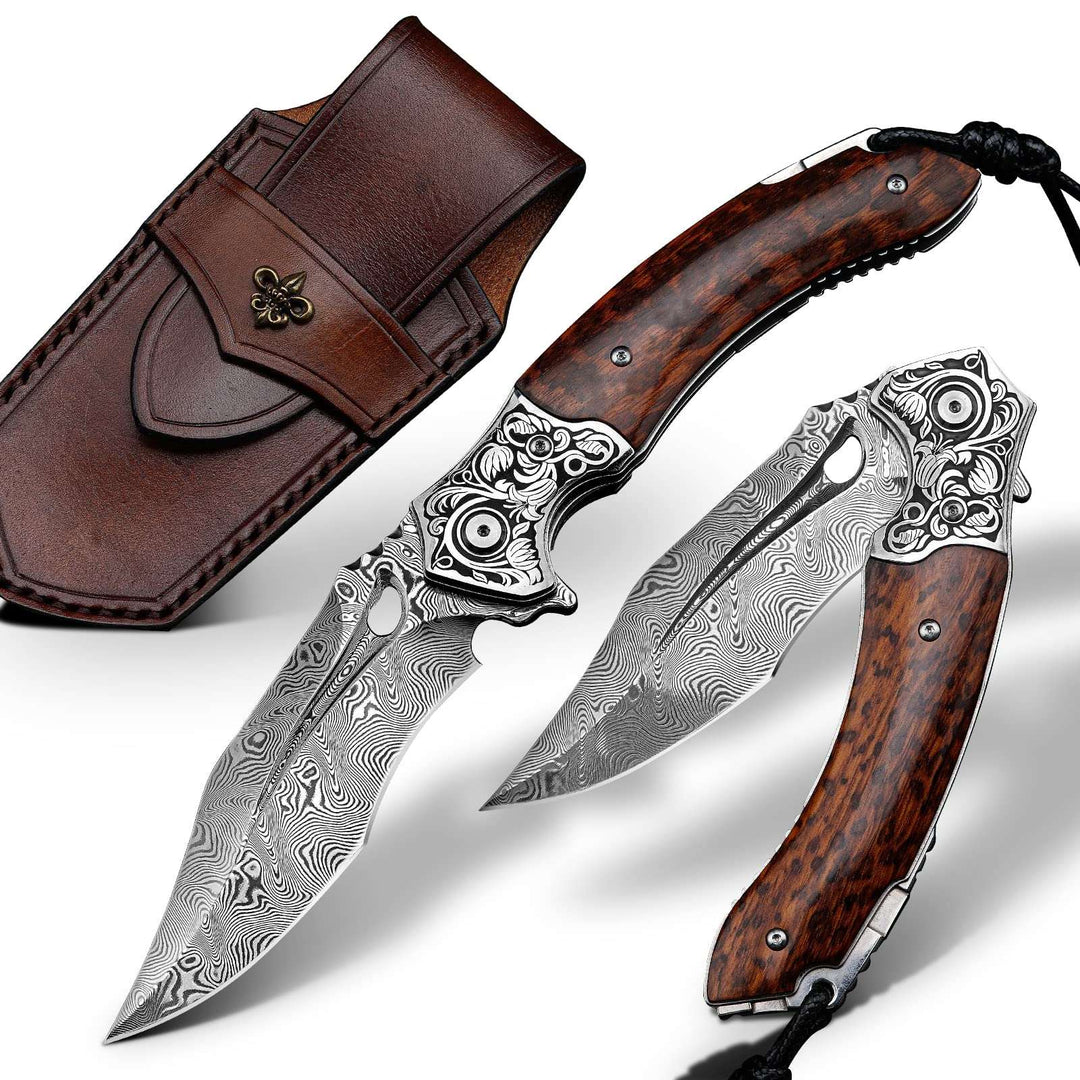

Hinterlassen Sie einen Kommentar